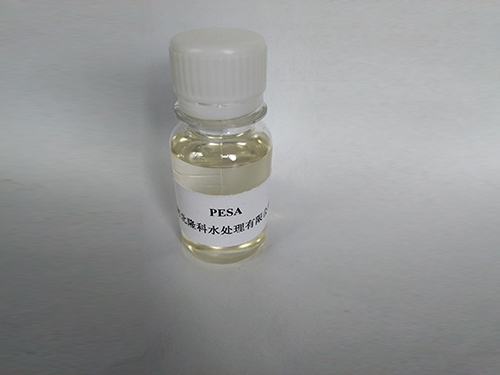flocculation in water purification
Flocculation in Water Purification An Essential Process for Clean Water
Water is one of the most essential resources for life on Earth. As populations grow and industrial activities increase, the demand for clean, safe water becomes more critical. One of the key processes in water purification is flocculation, which plays a vital role in ensuring that water is free from contaminants and suitable for consumption.
Flocculation refers to the process where fine particulates are agglomerated into a floc, or a clump, which can then be removed from water through sedimentation or filtration. This process is often used in conjunction with other water treatment methods like coagulation and sedimentation. Coagulation, the initial step, involves adding chemical coagulants to the water, which neutralizes the charges on particles, allowing them to bind together. Subsequently, during flocculation, gentle mixing encourages the formation of larger flocs that can be effectively removed from the water.
The effectiveness of flocculation is influenced by several factors, including the type and dosage of coagulants used, the pH level of the water, and the hydraulic conditions during the mixing process. Common coagulants include aluminum sulfate, iron(III) chloride, and polymers, each of which has its specific applications based on the water quality and impurities present. The selection of coagulants is crucial because it directly impacts the efficiency of the flocculation process.
An essential aspect of flocculation is the control of the mixing speed and duration. If the mixing is too vigorous, smaller flocs may break apart, whereas insufficient mixing may not allow particles to collide and agglomerate effectively. Finding the optimal mixing conditions is a balance that engineers and water treatment plant operators must achieve to ensure maximum removal of contaminants.
flocculation in water purification

The flocs formed during the process consist of bacteria, suspended solids, and other particulates, which can vary significantly depending on the source of water. For instance, surface water from rivers and lakes may contain organic materials, while groundwater might have a higher mineral content. Regardless of the source, the goal of flocculation is to improve the turbidity of the water and to reduce the load on subsequent filtration or disinfection processes.
Sedimentation follows flocculation, where the heavier flocs settle to the bottom of a treatment basin. This step allows the clear water above to be collected and undergo further treatment, such as filtration and disinfection, ensuring it meets health standards for safe consumption. In modern water treatment facilities, sedimentation tanks and clarifiers are often used to facilitate this process effectively.
Flocculation also serves another critical purpose it enables the removal of pathogens from the water. The aggregation of particles during floc formation can encapsulate harmful microorganisms, rendering them easier to remove. Post-flocculation, additional disinfection methods such as chlorination or UV treatment can be applied to eliminate any remaining pathogens, providing an extra layer of safety.
Despite its effectiveness, flocculation is not without challenges. The process requires careful monitoring and adjustment to accommodate changes in raw water quality due to seasonal variations, pollution events, or operational changes. Furthermore, advancements in technology and a greater understanding of water chemistry continue to evolve the ways flocculation is implemented in treatment plants.
In conclusion, flocculation plays a pivotal role in water purification, providing an efficient method for removing contaminants and ensuring safe drinking water. As global water challenges grow, optimizing and innovating flocculation processes will be essential for sustainable water management. Efforts to improve this technique not only contribute to public health but also help protect the environment, making clean water accessible to all. The importance of this simple yet complex process cannot be overstressed, as it is crucial in safeguarding our most precious resource water.
-
lk-319-special-scale-and-corrosion-inhibitor-for-steel-plants-advanced-solutions-for-industrial-water-systemsNewsAug.22,2025
-
flocculant-water-treatment-essential-chemical-solutions-for-purification-processesNewsAug.22,2025
-
isothiazolinones-versatile-microbial-control-agents-for-industrial-and-consumer-applicationsNewsAug.22,2025
-
scale-inhibitor-key-solutions-for-water-system-scale-preventionNewsAug.22,2025
-
organophosphonates-versatile-scale-inhibitors-for-industrial-water-systemsNewsAug.22,2025
-
scale-and-corrosion-inhibitor-essential-chemical-solutions-for-water-system-maintenanceNewsAug.22,2025





